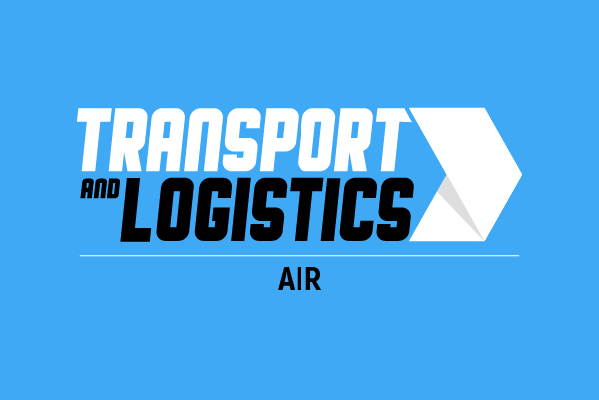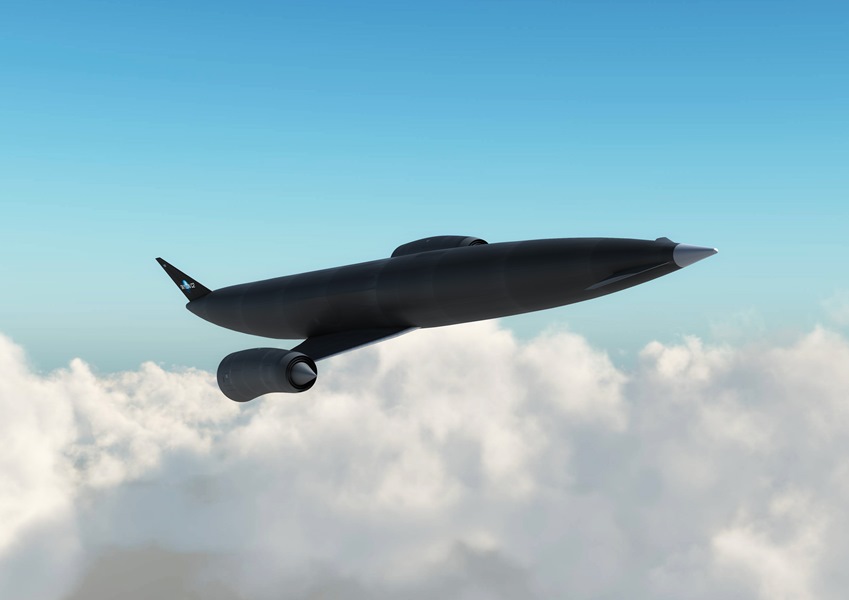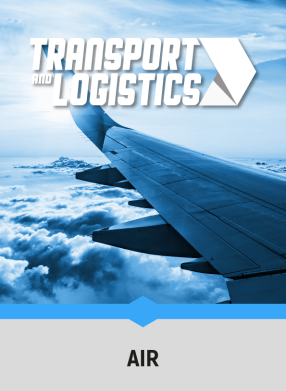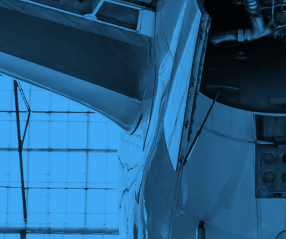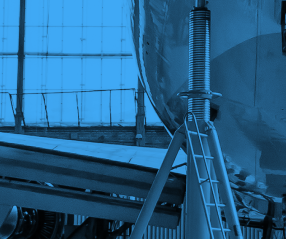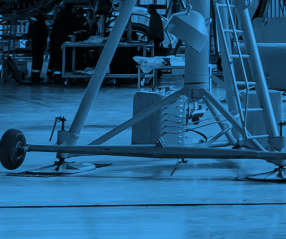UK Engineers at Reaction Engines Ltd are busy developing a revolutionary rocket engine, which may one day allow passengers to jet from London to Sydney in just four hours.
The science-fiction-like engine, named SABRE, uses advanced heat-exchange technology, and could potentially one day power commercial aircraft to up to 5 times the speed of sound.
The company recently secured funding to continue development of SABRE, which is a new class of aerospace engine.
Alan Bond, founder of Reaction Engines, said that the engine combines jet and rocket technologies. “We’re looking at a revolution in transportation equivalent to the jet engine and access to space, access to anywhere in the world within four hours is on the cards.”
The real innovation in the engine is a heat-exchange system, which quickly cools air drawn from the atmosphere. The ‘pre-cooler’ takes the air from 1000 degrees Celsius down to minus 150 degrees Celsius as it passes, which is then burnt with liquid hydrogen fuel in the rocket combustion chamber.
The company says this makes their technology extremely lightweight, which makes it ideal for aerospace applications.
As well as eventual commercial airline uses, a potential short-term application is using the SABRE engine in reusable, un-piloted space missions, which ferry cargo – like satellites – straight up into orbit.
Planes like this can take off from regular runways, and then use the rocket engine to blast straight into orbit, release the cargo, and then return to Earth for a standard runway landing.
Tilmann Gabriel, Director of Air Transport Aircraft Maintenance Management at City University, London, warns that technological advances of this kind are always slow in coming, however, and it may be years yet before the new planes are put into service.
“Technological developments in aviation are always time-consuming. A conventional aircraft needs about five to six years to be developed and viable and tested, these kind of innovative engines probably need at least that if not more.”


